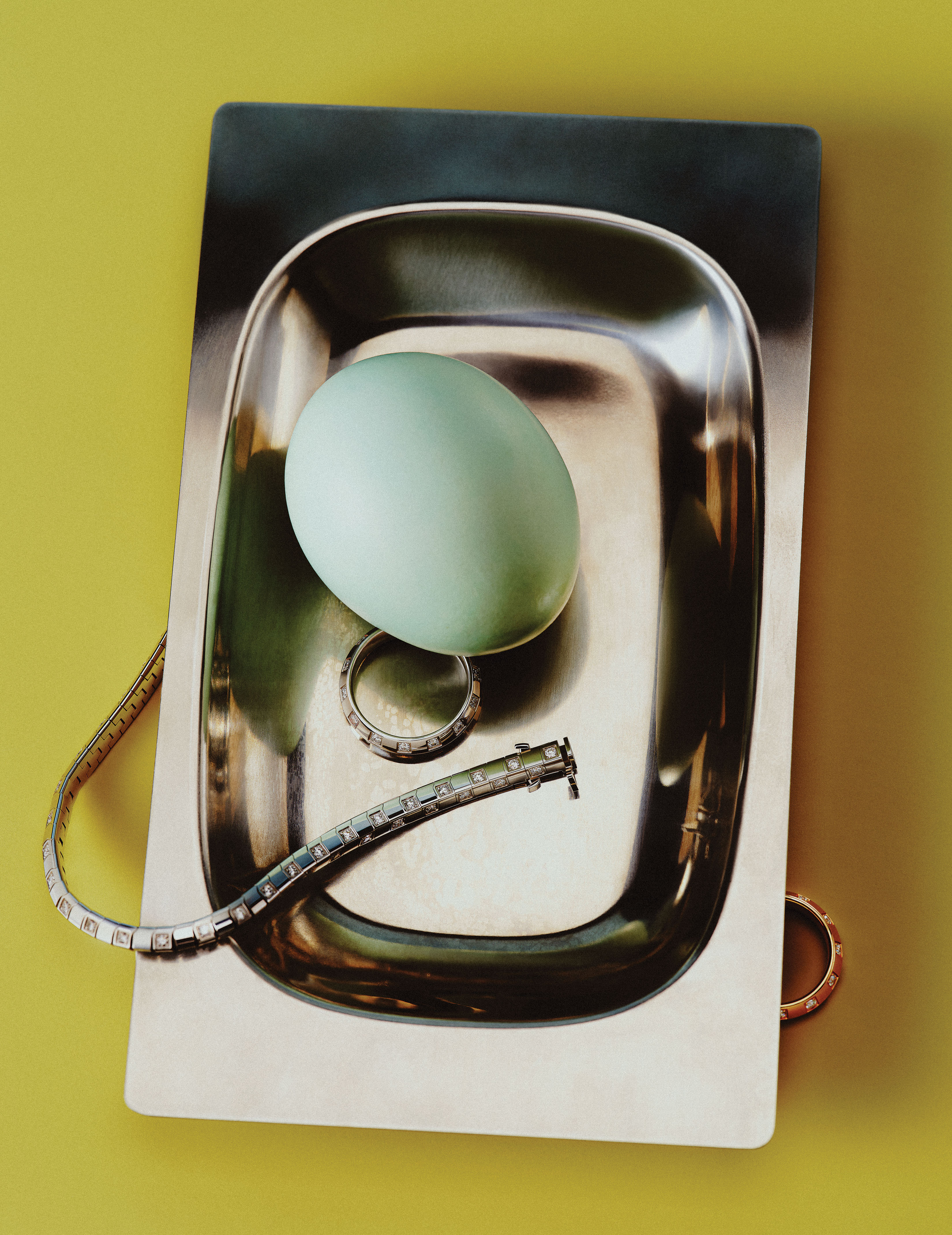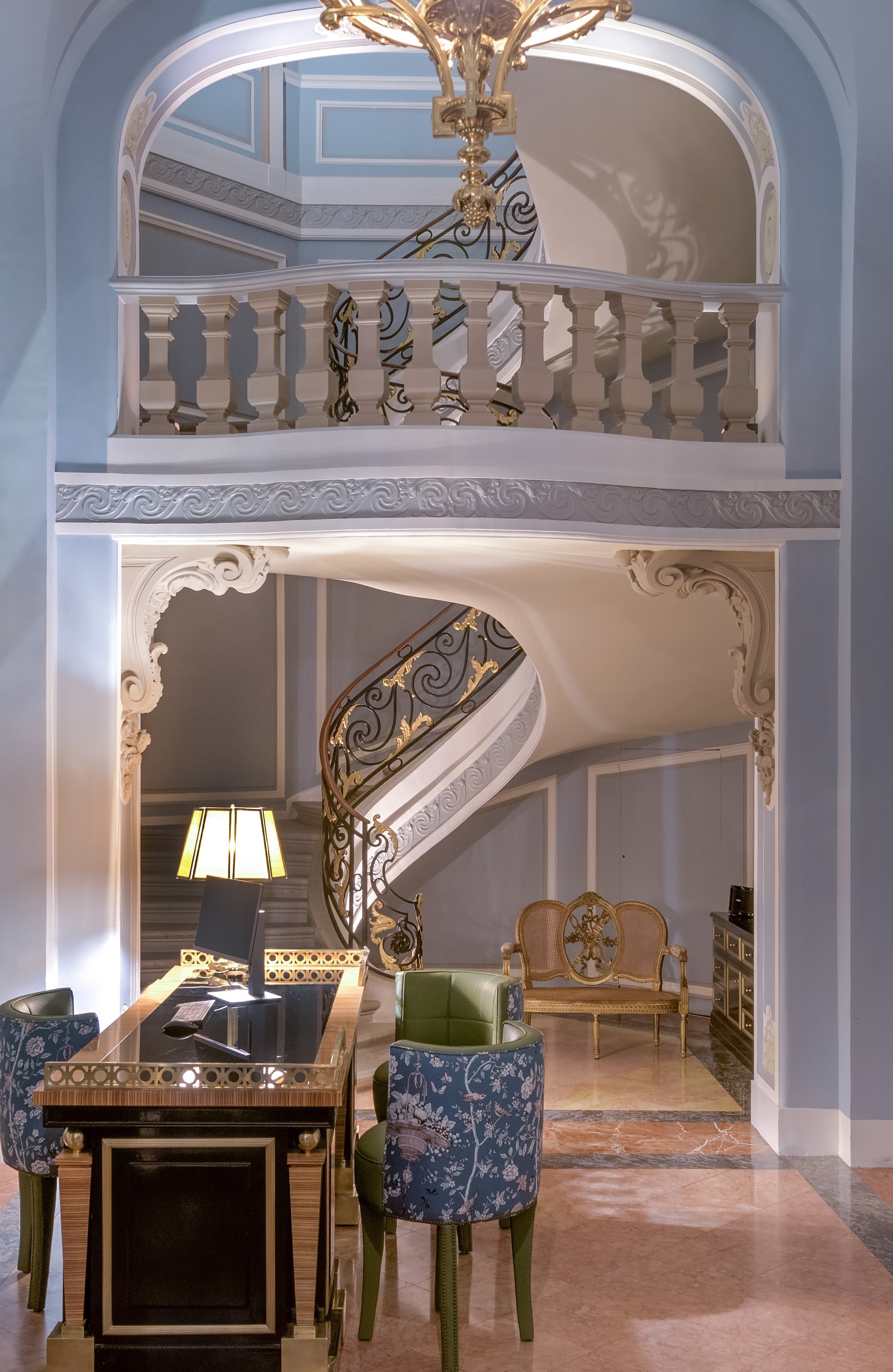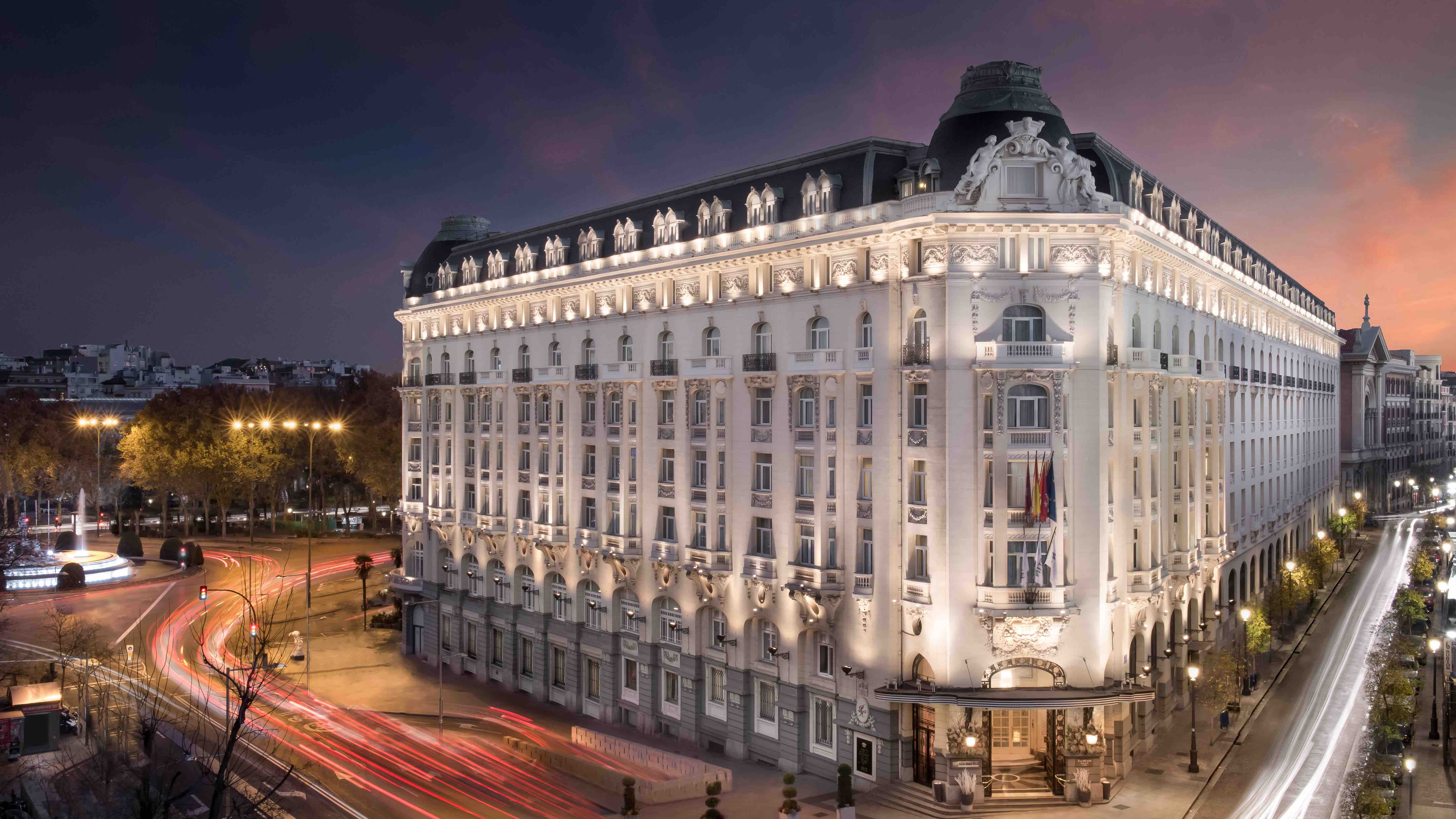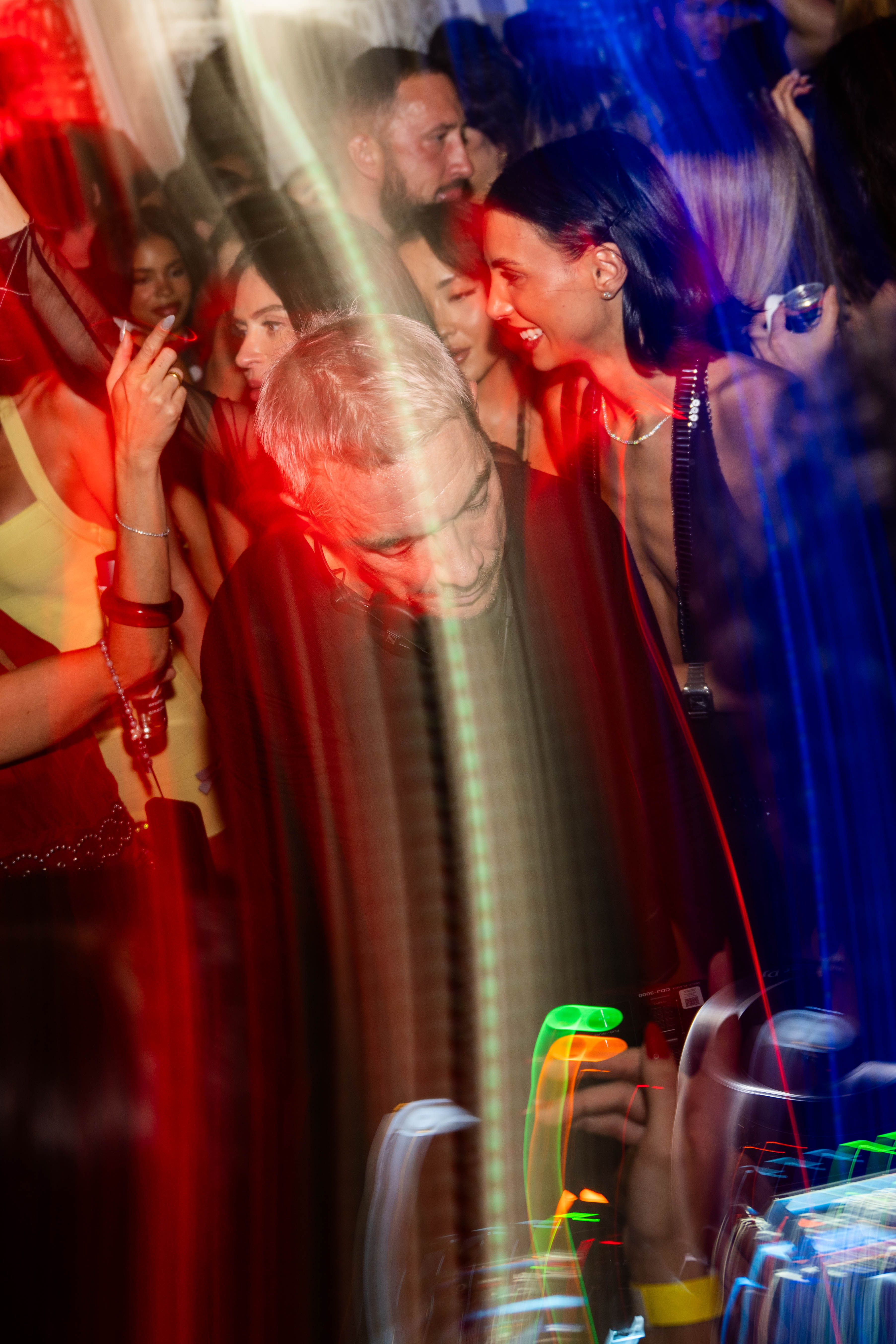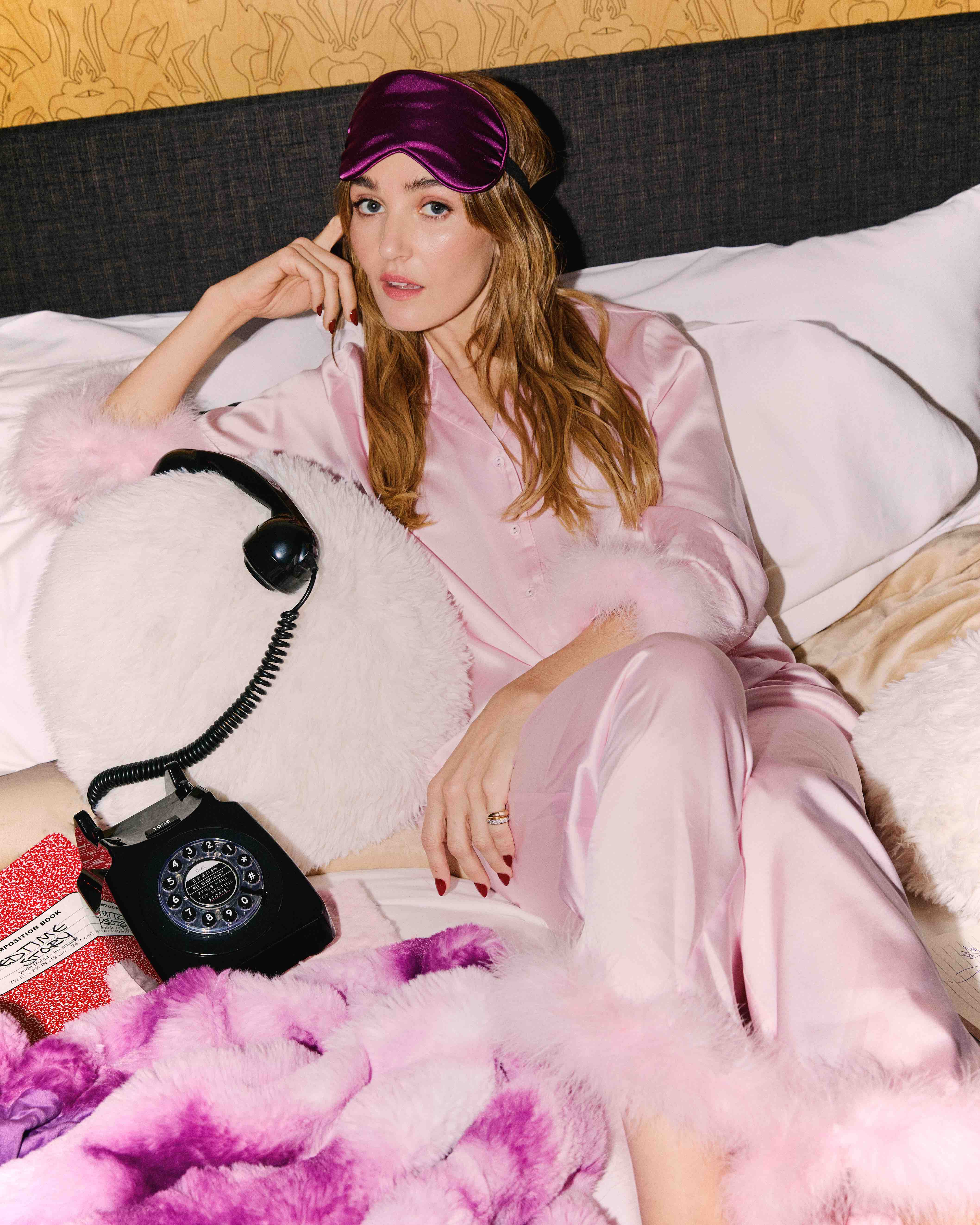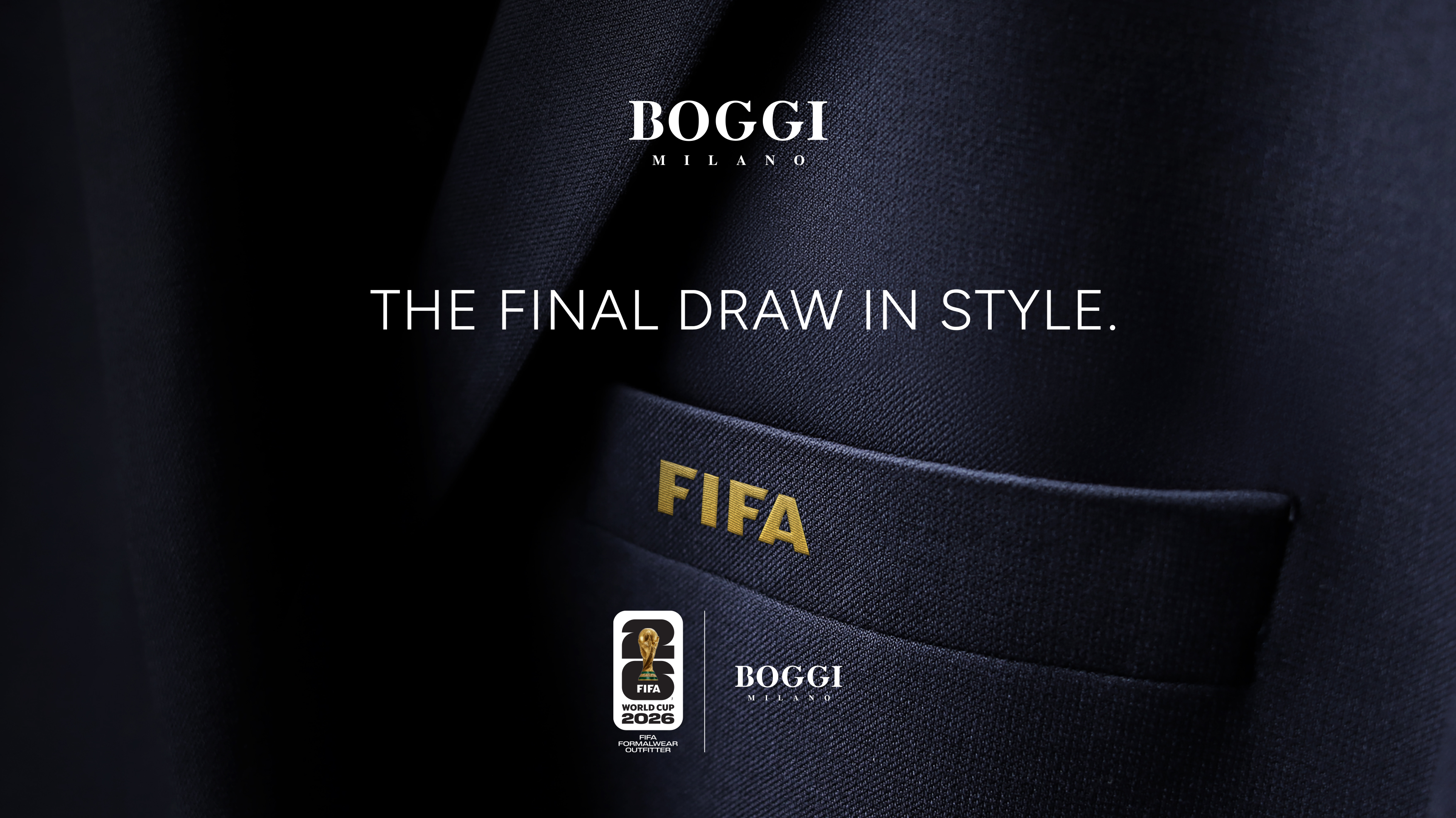
Once upon a time, the unimaginatives out there would often quip that the only culture found in Los Angeles was in that of its myriad yogurt shops. That the most creative form of expression in the Southland was a traffic-less journey up the 405. That a “white cube” was an after-hours aide you bought by the dozen from a guy called Kurt the Hurt in an alley off Melrose. Oh, how afraid The Institution has long been of unpredictable LA, now enjoying a goiter-like presence in the contemporary art world, despite churning out ingenuity in the space for a long, long time. Long unafraid of The Big Orange, though, have been the Brits, who for decades now have forsaken the somber Dickensian margarita (the worst of limes) for the Skinny Bitch (the best of limes), chomping at the cannabinoidal bit for anything Californian. And so: art fair Frieze Los Angeles, the inaugural chapter—which follows the established fairs of Frieze London and its successor Frieze NYC, both of whom sprouted like heather-berries from discerning Frieze magazine. The whole to-do will include a spectral assortment of talent, programming, hobnobbing, and a glimmering close-up at (where else?) Paramount Studios.
Of course, any legacy needs its local sage, and so art fan and artsy non-profit-helming Bettina Korek has been given the keys to the coach. “Bettina was the perfect person for the role of Executive Director, as she knows the city and its art scene so well,” Victoria Siddall, Director of Frieze Fairs, shares from Blighty. “I am also thrilled to be working with Ali Subotnick [whose interview you can catch with Frieze exhibitor and this issue’s cover creator, Cayetano Ferrer, on page 206] and Hamza Walker on the curated program, as well as Kulapat Yantrasast on the architecture, all of whom are based in LA.” She continues, “Frieze has always done fairs differently. Our fairs are places where art is made, discovered and debated, as well as bought and sold.”
Indeed, the proof is in the pudding, and the Frieze Los Angeles program would rival mum’s Boxing Day best. Beyond the 70-strong participating galleries’ showings is a site-specific curation known as Frieze Projects, lead by the aforementioned Subotnick, and inclusive of LA art staple Kori Newkirk, seen here in the faux NYC alleyways of the Paramount backlot portrait-side to Korek.
“Frieze never loses sight of their editorial roots when creating an event,” states Korek, who knows something about roots, having lead the non-profit ForYourArt for the last twelve years. Their righteous mission: “to expand art’s place in everyday life.” She continues, “The ‘Conversations on Patronage’ series will bring civic and arts leaders together with artists and patrons for expansive dialogues about how systems of support function throughout the art world. We have also reimagined the Paramount backlot as a city where art is at the heart of civic life, and invited an array of creative enterprises and experiments in patronage, providing windows into the many art worlds of Los Angeles.”
Newkirk, a DTLA resident and a frequent lecturer at universities and museums both local and far afield, is not unfamiliar with the layered and amorphous art worlds of Los Angeles, often wedged into the cracks overlooked by the all- powerful entertainment complex. He considers his pertinent Frieze Projects contribution: “For the last few years I’ve really been paying attention to TV antennas. I consider them their own endangered species, as they are less and less frequent. For Frieze Los Angeles, I’m using television antennas as the basis for a sculpture. I’ve been thinking a lot about the transfer of information and the whole who-what-where and when of it.”
Korek could be described as an LA antenna of sorts herself, helping to convert the otherwise scrambled artistic signals bouncing about the Southland sprawl into something coherent and substantive. “The opening of Ruben Ochoa and Mark Bradford’s project SWAP at the Charles White Elementary School Gallery,” she references enthusiastically, when asked about art happenings in LA that have helped shape her approach to the city, “marked a looking beyond the museum campus to ways of bringing the museum to neighborhoods. The project was commissioned by LACMA and included additional pieces from the museum’s collection by Edward Kienholz and Ken Price. It was fantastic.”
That Korek cherishes an arts project that not only exceeded conventional practice and audience but also that of city space reinforces an ethos appropriate for the new Executive Director role. This is LA after all, where neighborhoods are the art, where magic is both augmented and invented, uncharted and box office sold; where a megalopolistic shape-shift is afoot, replete with urban overhauls and the globalized snarfing up of gargantuan and/or unusual space from Burbank to Boyle Heights. There is no guidebook.
These seismic shifts in the city’s structure are nowhere more apparent than Downtown, which, as we’ve been repeatedly informed, is well into a “renaissance.” Newkirk, for his part, when asked about changes he’s seen to his home neighborhood of two decades and how they’ve influenced his current output, smiles and remarks, “I don’t know how much it has changed my work, but it has certainly changed my life. I have only ever lived in ‘Downtown’ downtown—twenty-plus years in the same place, the same street. I’m increasingly anxious about my place in the neighborhood and the city in general. Los Angeles is a deceptively tough city. I’m not sure this is the place for me to talk about these issues right now. What I will say is that I was invisible in certain ways and reasons when I moved here, and now I am invisible in different ways and reasons...but always very visible. I see it as the superpower of the powerless.”
Indeed. Entertainment-exporting LA may very well be ready for a powerful import of sorts, Frieze Los Angeles may refreshingly peel back the sunshine to reveal the odd, yet aesthetically pleasing cloud, and Newkirk, along with thousands of other creators and makers and boosters and buyers, will likely greet the fair with open arms, for dysfunctional assimilation is what makes this city tick, what makes its inhabitants Angelenos.
Photographer: Stefano Galli.
Stylist: Britton Litow.
Hair: Marvin Grace at Opus Beauty.
Makeup: Raoul Alejandre at Opus Beauty.
F L A U N T



